After negotiating for most of the year, U.S. and Iraqi officials finally reached a deal on Friday over the U.S. presence in Iraq—one that is frankly long overdue.
Although U.S. officials insist that Washington won’t be pulling all 2,500 troops out of the country and are hesitant to use the term “withdrawal,” the U.S. will be thinning out its deployment over the next two years. According to the two-phase plan presented on Sept. 27, the U.S.-backed counter-Islamic State (IS) mission in Iraq will formally end by September 2025 and remove U.S. troops from certain bases in the country. In the second phase, Iraq has agreed to allow the U.S. military to continue using Iraq to support ongoing operations against IS in neighboring Syria, where some 900 American troops are based, through 2026, the Associated Press reported.
The announcement is likely to calm those in the national security establishment—lawmakers, commentators, and former generals alike—who are forever petrified about a full U.S. withdrawal and quick to argue it would be dangerous to U.S. interests. Earlier this month, House Armed Services Committee Chairman Mike Rogers wrote on X, “Withdrawing from Iraq in this way would benefit and embolden Iran and ISIS. I am deeply concerned about the impacts such a decision would have on our national security.” Retired Gen. Joseph Votel, a former commander of U.S. forces in the Middle East, also claimed that a U.S. departure would inevitably cause IS to resurge as it seeks to fill the vacuum left behind.
But these critiques don’t hold up to scrutiny. The U.S. needs a clean break, not a conditions-based transition that could extend its mission for years to come. (The Biden Administration has refused to provide details on how many U.S. troops will remain in Iraq.)
First, it’s important to note that the U.S. has already achieved its counter-IS objectives in Iraq. From the moment the Obama Administration cobbled together a large coalition and began striking IS positions in September 2014, the U.S. mission was clear and measurable: eliminate IS’ territorial caliphate, which at its height was as large as Britain, encompassed approximately 8 million people, and earned around $1 million a day from oil sales on the black market. IS was a highly committed opponent at the time and one of the richest terrorist organizations in history, boasting tens of thousands of fighters from more than 80 countries.
IS, however, always had a fundamental weakness: it had no friends, let alone allies, and alienated everybody in its path. The group’s utter depravity toward local populations as well as its desire to supplant governments was ultimately its undoing. The West, with the U.S. in the lead, viewed IS as a magnet for jihadists who sought to attack its people. Minorities like the Kurds and Yezidis saw IS as a bunch of messianic, bloodthirsty brutes who sought to wipe out their communities. And states that otherwise had intense geopolitical rivalries with each other—Iran, Russia, Iraq, Syria, Turkey, and the Gulf states to name but a few—all agreed that destroying IS was in their collective interest.
The results speak for themselves. Courtesy of an intense three-year U.S. bombing operation, combined with a hard-fought ground campaign that included everybody from U.S. special operations forces and the Iraqi army to the Kurdish peshmerga and Iranian-backed Shia militias, IS advances were stopped and rolled back. By December 2017, the Iraqi government declared that IS’ territorial caliphate was in the ash heap of history (a similar declaration was made in Syria about 15 months later). The caliphate remains eliminated to this day, so much so that a senior U.S. official participated in a think-tank event earlier this year marking the 5th anniversary of its defeat.
Many in the Beltway argue that just because IS’ territorial caliphate is no longer around, that doesn’t mean the threat is over. This is a legitimate concern; IS is reportedly on track to more than double the number of attacks in Iraq and Syria compared to last year.
Yet to think that the entire counter-IS effort will unravel absent U.S. troops is to leave all the other local actors without agency. The Iraqi government, the Turks, the Russians, and even the loathed Assad regime continue to have a self-interest in ensuring that IS doesn’t rebuild its caliphate. Their military capabilities against IS are also better today than when the mission began a decade ago. The Iraqi army is as proficient at planning, organizing, and conducting independent operations against IS holdouts along the country’s periphery than it has ever been. The same thing can be said about the peshmerga, which according to the Defense Department’s Inspector General for the counter-IS mission, has improved mission planning and counterinsurgency operations in their area of responsibility.
The U.S. would still have options even in the event of a full troop withdrawal. The U.S. intelligence community would surely remain laser-focused on the group and won’t hesitate to take action in the event an imminent plot is detected or a high-profile terrorist rears his head. The U.S. has proven it can do both without a ground presence. In August 2022, a year after the U.S. withdrew from Afghanistan, Washington killed Al-Qaeda chief Ayman al-Zawahiri in a drone strike. This January, the U.S. warned Iran about a pending IS attack that eventually came to fruition. In March, the U.S. did the same with Russia, sharing highly specific intelligence on an IS-orchestrated plot in Moscow the Russians unfortunately failed to stop.
Is IS completely down and out? No, but that’s the wrong question. The right question is whether U.S. interests are best served by staying put in Iraq in perpetuity, particularly when doing so presents even more security problems.
The U.S. ground presence is a gift to Iran and its allied militias in the Middle East. That’s because the presence of U.S. bases on foreign lands give them a rallying call and a nearby target; U.S. troops have been targeted more than 200 times since October in large part over Washington’s support for Israel. One of those attacks, in late January, killed three U.S. personnel at a small outpost in Jordan, near its border with Iraq and Syria.
President Biden retaliated by striking dozens of militia and Islamic Revolutionary Guard Corps positions in Iraq and Syria. Yet rocket attacks resumed in July, and in August, five U.S. troops were wounded as two rockets slammed into the al-Asad air base. The U.S., in other words, is taking unnecessary risk on behalf of a mission that was achieved years prior.
The Biden Administration has set the stage for a more normal, business-like relationship with the Iraqi government. The outstanding question, which is still to be determined, is whether the next President will finally realize that the U.S. has achieved all it can in Iraq. And if so, when?

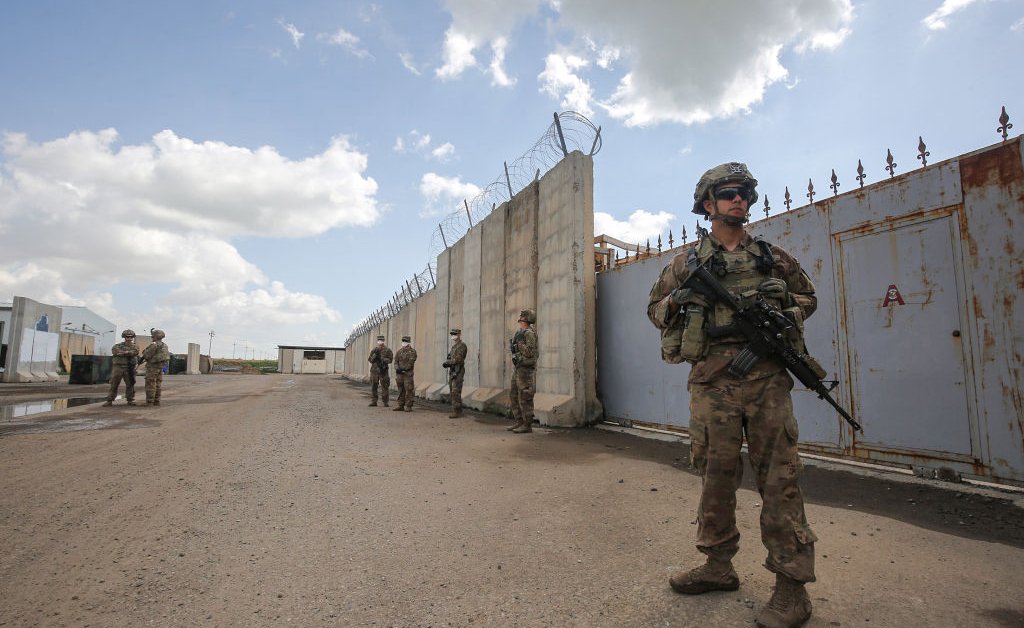
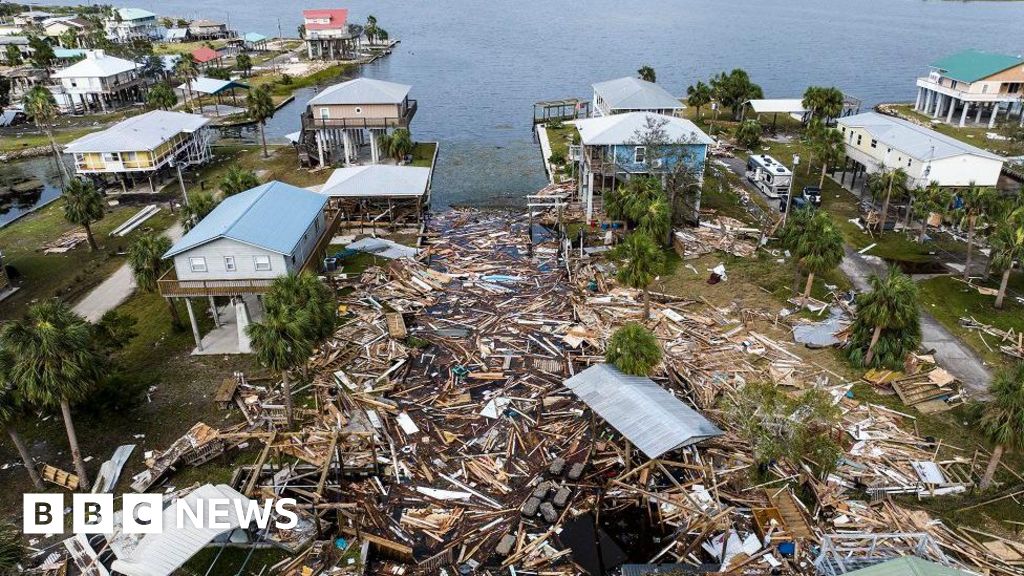

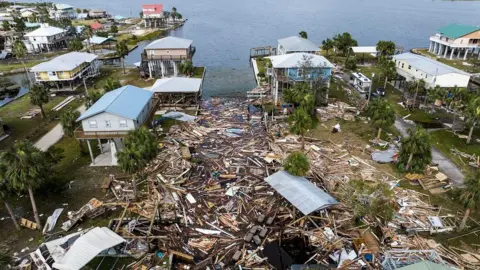


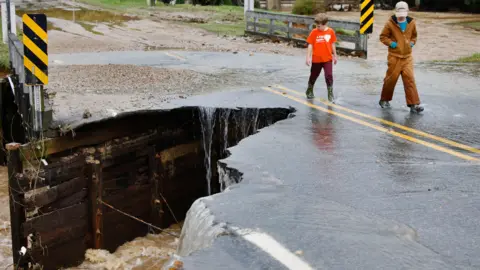
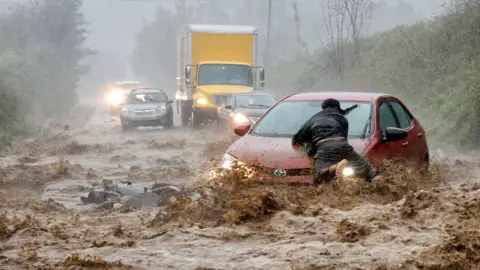
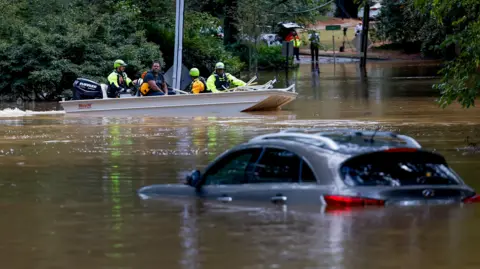


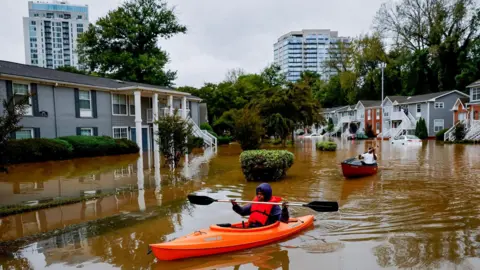
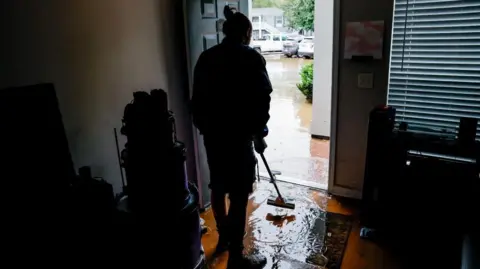
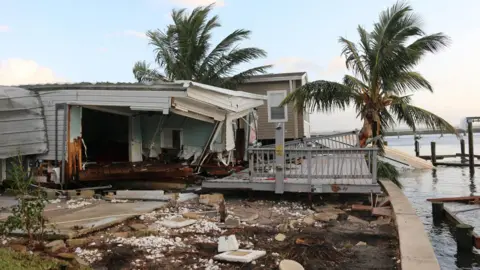
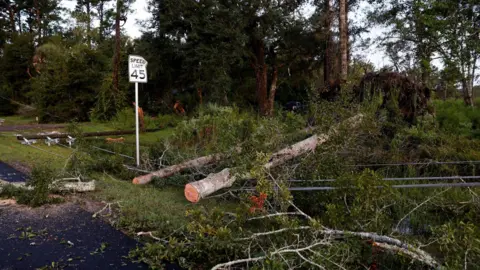

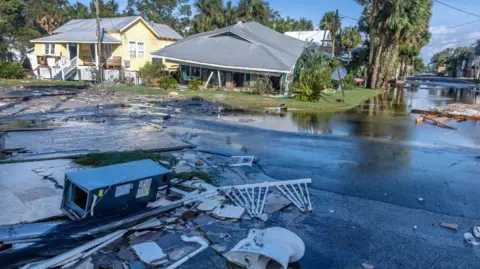
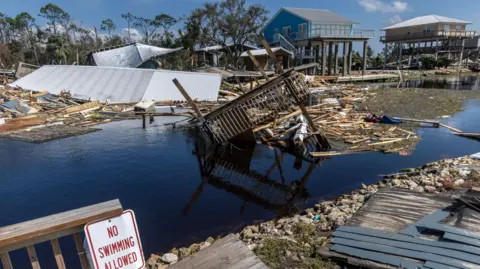
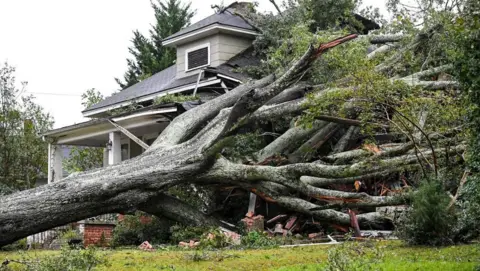
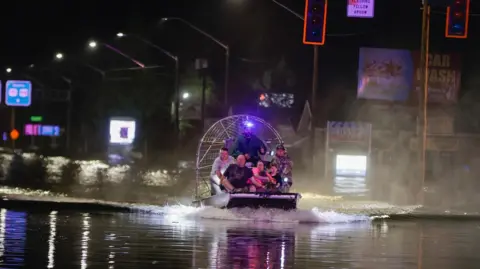

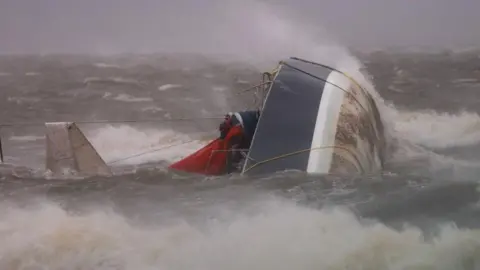
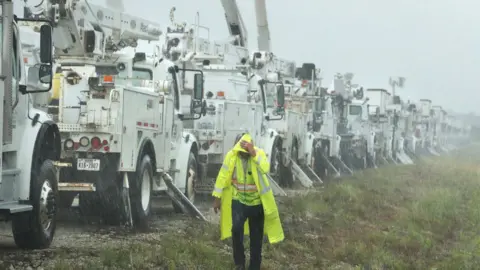



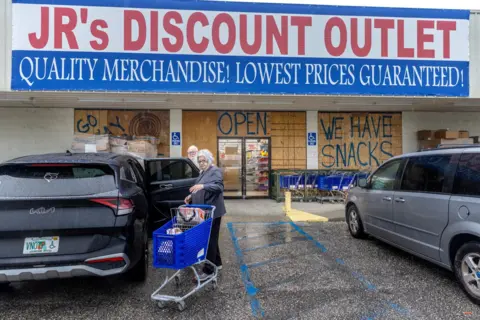
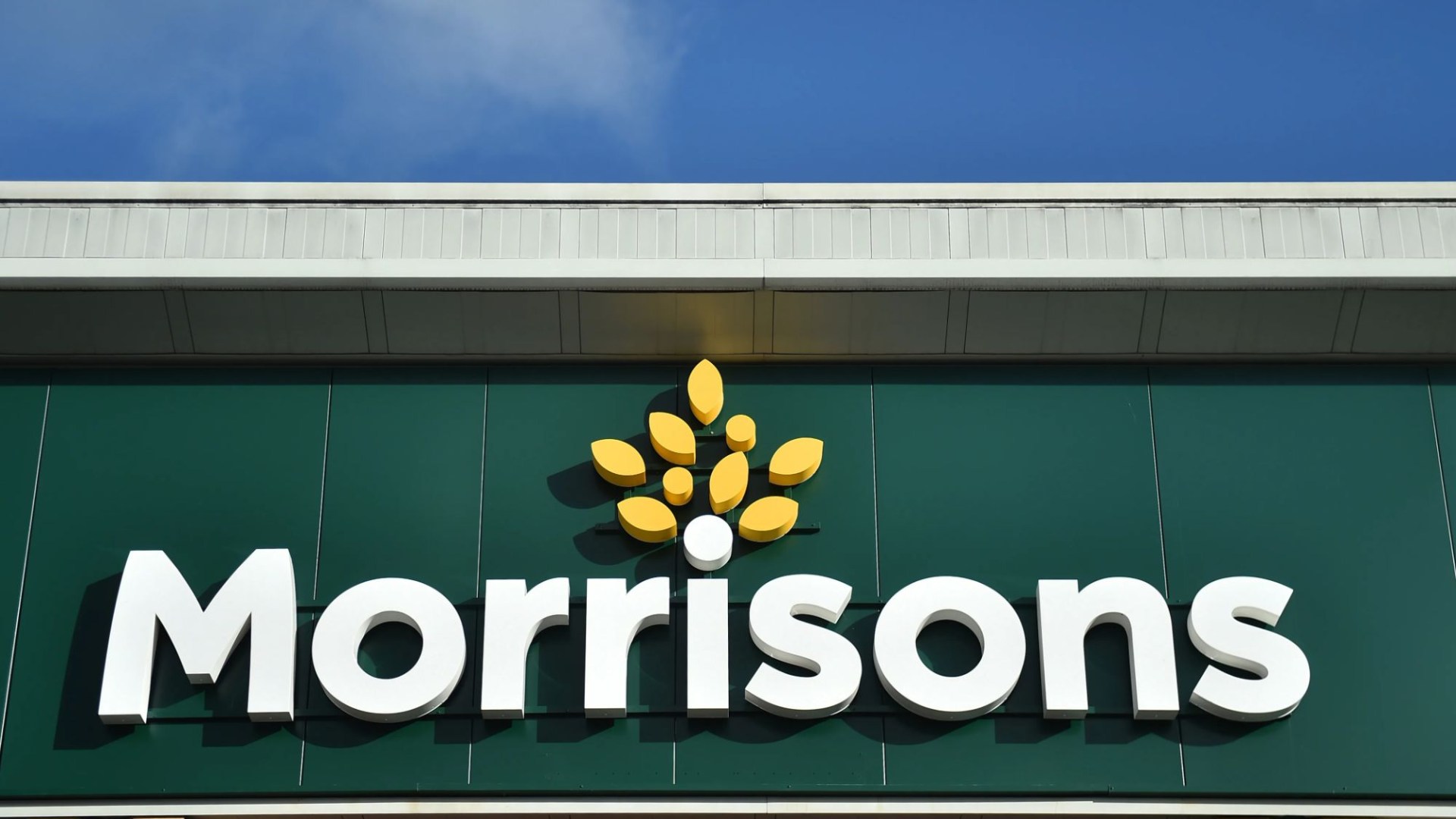










































































































































You must be logged in to post a comment Login